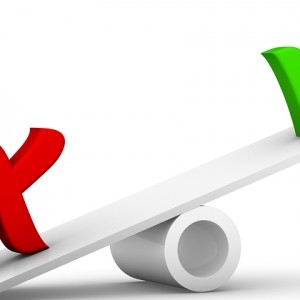
Thinking Styles: What Color Is Your Hat?
Typically, we handle problems in a tried and true way that we’re comfortable with. We don’t even think we have a thinking style because it’s

Typically, we handle problems in a tried and true way that we’re comfortable with. We don’t even think we have a thinking style because it’s
What’s your thinking style? Just like we have personality preferences for introversion and extraversion, we also have preferred ways of thinking about a problem. There’s

I’ve been writing about how managers can avoid under managing by more effective management conversations: highly structured, high substance conversations. How can we describe how

Business is an active, demanding endeavor. Only those who consistently apply themselves succeed. Organizations that thrive require leaders who actively dream, plan, engage, solve, pursue,
Workshops Leadership Performance – You Possess the Ability to Lead (3 parts) Understanding YOUR Role as a Leader Authority vs Personal Power as a Leader

Is your organization at risk of becoming a bully culture? Consider this information from a recent 2019 study, A Risk Factor for Exposure to Workplace

Smart leaders hire for passion; they know it’s the quickest way to infuse passion and high performance into their company. They also understand that setting

Have you ever worked for a manager who was exceptionally brilliant at operational details, but micromanaged everyone to death? Or, did your manager frequently ask

An organization’s health is only as sound as its leader’s decisions. Some companies prosper from wise leadership directions, while others struggle after flawed choices—choices that

How a leader responds to adversity reveals how effective that leader truly is. Reactions to setbacks or crises not only test leadership character but define

Business is an active, demanding endeavor. Only those who consistently apply themselves succeed. Organizations that thrive require leaders who actively dream, plan, engage, solve, pursue,

Surveys and studies indicate global job dissatisfaction is at a two-decade high. Disengaged employees account for nearly 70 percent of the workforce, which significantly affects







